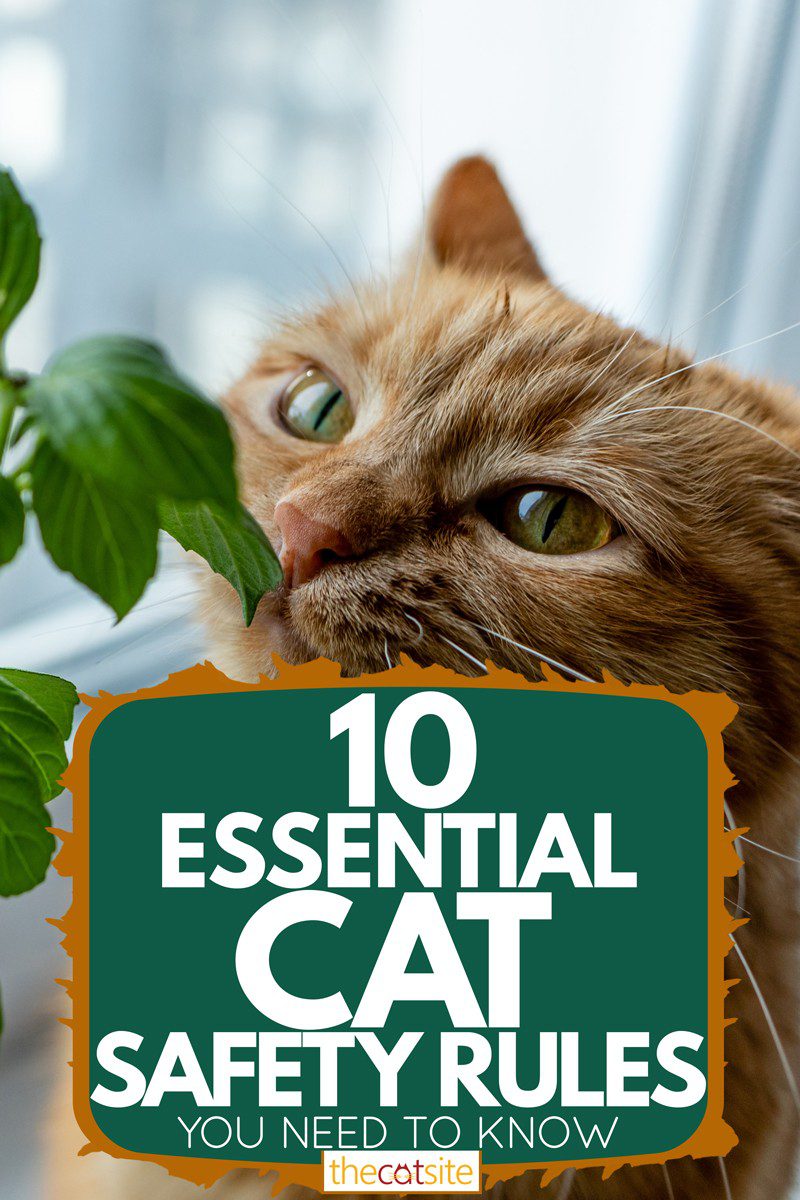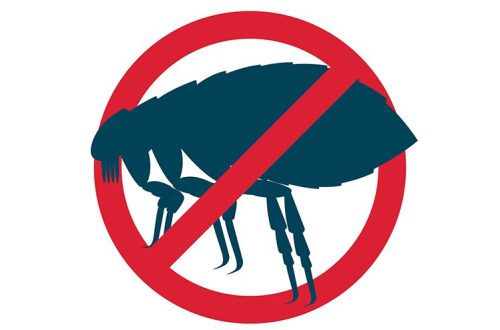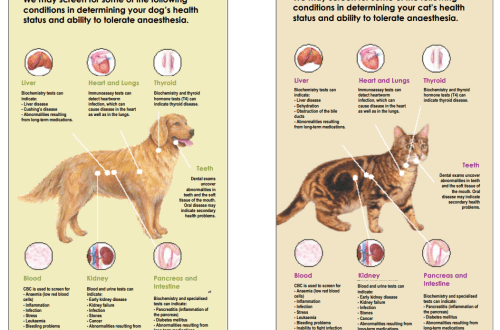
Cat in nature: safety rules
As a rule, getting into nature, the cat turns into a predator. And if you’re taking a pet out, make sure you take every precaution to ensure your pet’s safety and comfort, and your peace of mind.
How to teach a cat to give?
The cat needs time to get used to the new environment. And even if your cat safely returned home after a walk in the city, you should not expect that everything will go well outside the city from the first day. So that the pet does not jump into the bushes in the first minute – and remember your name – put on a harness with a leash . And bring it into the house. Give the opportunity to look around, rub against things to leave your own scent. Be sure to take with you the usual things for a four-legged friend (toilet, toys, bed, bowls). And only after making sure that the cat has completely calmed down and feels at home, you can release it into the yard. However, it will also need time to adapt there. Don’t leave your cat unsupervised until you’re absolutely sure it’s safe.
What dangers threaten a cat in nature?
- Ludi. And this is not only cat-haters who are ready to throw poison. These are the neighbor’s children, who, having played too much, can take the fluffy with them.
- Cars. The car can bring down the purr. Or a cat, frightened by the noise, will climb a tree and will not be able to go down.
- pliers and fleas. Make sure you take steps to protect your pet from them.
- В the heat Cats can get heatstroke. Give her the opportunity, if desired, to hide in a cool place, and water should be freely available.
- Wasps and bees. The cat may prey on them, and if your pet is stung by an insect, it may die.
- Poisonous plants. If the purr has salivation, diarrhea, rapid breathing, she is excited or depressed, then this is poisoning. Induce vomiting (put half a teaspoon of salt on the tongue) and gastric lavage (pour as much water into the cat’s mouth as possible).
- Poison for rodents. Even a poisoned animal eaten by a cat can cause the death of a pet. Here, without emergency help from a veterinarian, you can’t cope.
- Snakes. Signs of a snake bite: swelling, redness of the skin, the affected area becomes hot. First aid: antihistamine. And go to the vet immediately.
- Injuries. There are many sources of injury: for example, a neighbor’s cat that seized the territory, broken glass or a nail. Treat the wound (hydrogen peroxide will do), lubricate with an antiseptic. Apply a bandage if necessary. If the cat has fallen and broken its paw, it is necessary to apply a splint. And see a doctor as soon as possible.
- unwanted pregnancy at the cat. The most reliable means of prevention in this case is sterilization. An unsterilized cat should not be allowed out of the house.
- Infectious diseases. Make sure your cat is vaccinated.
If done right, both you and your cat will be able to enjoy the outdoors to the fullest.





